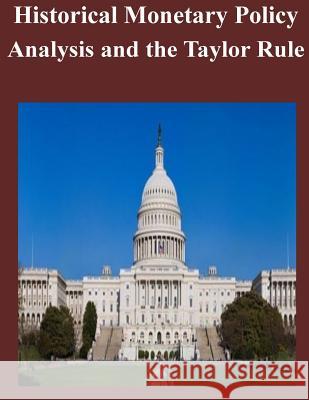Historical Monetary Policy Analysis and the Taylor Rule » książka
Historical Monetary Policy Analysis and the Taylor Rule
ISBN-13: 9781502926777 / Angielski / Miękka / 2014 / 50 str.
This study examines the usefulness of the Taylor-rule framework as an organizing device for describing the policy debate and evolution of monetary policy in the United States. Monetary policy during the 1920s and since the 1951 Treasury-Federal Reserve Accord can be broadly interpreted in terms of this framework with rather surprising consistency. In broad terms, during these periods policy has been generally formulated in a forward- looking manner with price stability and economic stability serving as implicit or explicit guides. As early as the 1920s, measures of real economic activity relative to "normal" or "potential" supply appear to have influenced policy analysis and deliberations. Condence in such measures as guides for activist monetary policy proved counterproductive at times, resulting in excessive activism, such as during the Great Inflation and at the brink of the Great Depression. Policy during the past two decades is broadly consistent with natural- growth targeting variants of the Taylor rule that exhibit less activism.
Zawartość książki może nie spełniać oczekiwań – reklamacje nie obejmują treści, która mogła nie być redakcyjnie ani merytorycznie opracowana.











